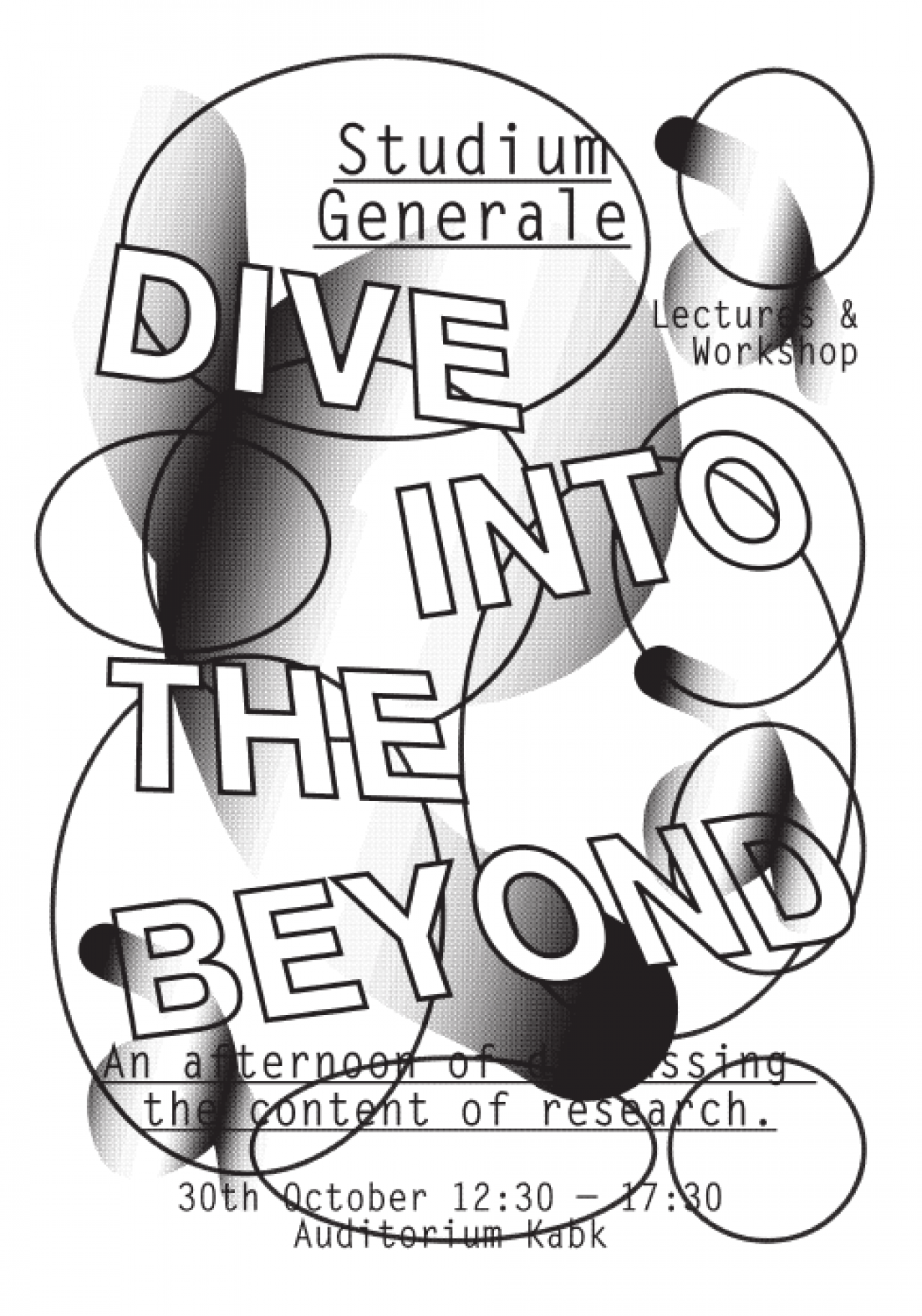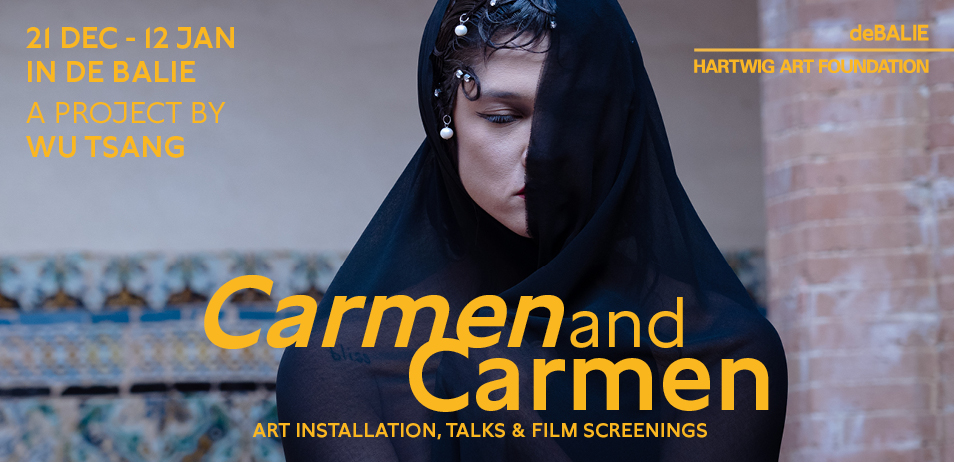Dive into the beyond
Last year Hanne Hagenaars received a letter for Mister Motley’s ‘Help me’ section in which a student posed the following question: ‘I’m a third year student and am already, slightly desperately, looking for a subject to base my graduation work on. Do you have any tips or ideas?’ Helping her on her way to finding the content of her work wasn’t as difficult as trying to understand how this question could arise in the first place. Studying art as a profession is no longer about the practice of technique, intuition and a deeper drive to just create. Instead concept plays a central role. When art was still a matter of intuition, working from one’s own interior world, one drew and experimented profusely and, through doing so, discovered the content of one’s work.
By continuously making and reflecting on what you’ve done, you’ll automatically start recognizing the themes in your own work. But recklessly making is no longer easily accepted within the art academy. As a student you have to, as it were, think-forward. The inclusion of subjects such as ‘concept’ and ‘research’ within the curriculum of the academy implies that you have a choice in what your theme might be. But usually, your ‘theme’ isn’t a choice at all. ‘What are you good at, what do you enjoy doing?’ and ‘Who are you and what truly interests you?’ As a student, you need a strong psychological backbone to surrender yourself to the obvious. Your work’s content will hit close to home, and its starting points will lie somewhere within your autobiography (in the broadest sense of the word).
Tacita Dean: I have a very strong memory of the sea, of that coast actually (…) My family isn’t a very lively household, there is something lonely in it. My father worked in London, so he was never there. I do remember having a great sense of adventure because we were surrounded by land and I used to go on long walks performing to myself, like being in my own documentary.
This Studium Generale will be about ‘Finding a Subject’. Because of the emphasis placed on concept within art schools today, many students find it hard to find ‘their theme’. This Studium Generale will help them on their way.

Speakers:
Gijs Assmann, visual artist, teacher at the Gerrit Rietveld Academy, Artez, the Design Academy; has often been referred to as the best tutor of The Netherlands. By using examples from his own artistic practice and that of other artists and tutors, he’ll speak about his own very specific ideas about how an artist finds his theme.
Koen Kleijn, tutor at the Design Academy and writes for, among others, De Groene Amsterdammer. He’ll address today’s artistic practice through manifestos from the fifties about artistic autonomy and how these can be interpreted as having created a blueprint for today’s art education.
Michel Hamel, poet and composer, tells of his bookcase in the Volkskrant of July 6th 2013: ‘Via my bookcase I’ve found like-minded people, friends from another world.’ During his lecture, he’ll tell us of how the contents of one’s bookcase can serve as a network of human and artistic relationships and be a starting point for developing one’s thinking.
Anne Kluytenaar graduation project consisted of Chanel-like women’s suits, made for men. When her father, a seaman, told her of his desire to continue his life as a woman, she found that she needed to use this story in her work. And so, she decided to base her collection on her father’s story. ‘I realized what was important to him was the distinction between that which was specifically male and that which was specifically female. This is a boundary I wanted to cross, and a better subject couldn’t have presented itself.’ How did her tutors react, and how did her work develop after such a specific collection?
During this afternoon, Cornel Bierens will be offering workshops to students where he’ll discuss making and thinking within art. Cornel Bierens published De Handgemaakte ziel, an essay on ‘making is thinking’ in every aspect. This workshop will be in dutch.


